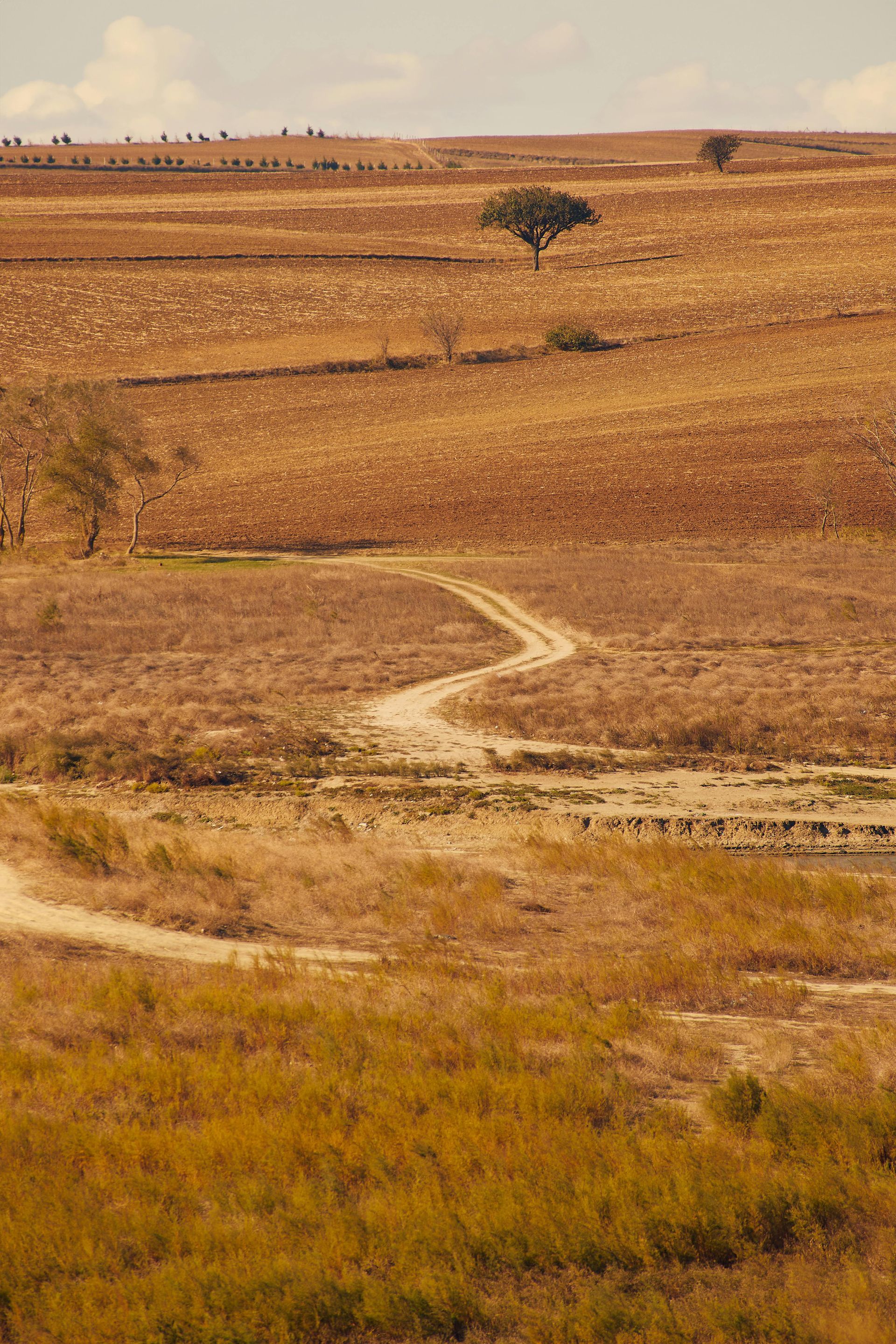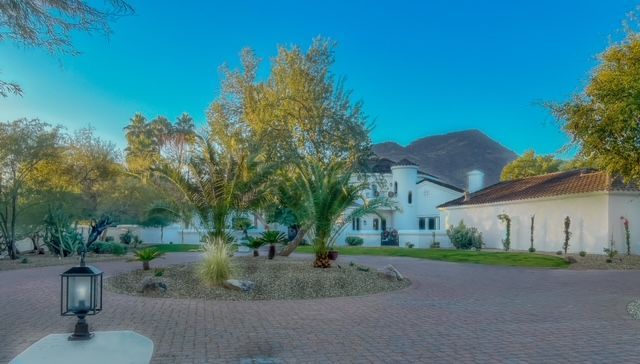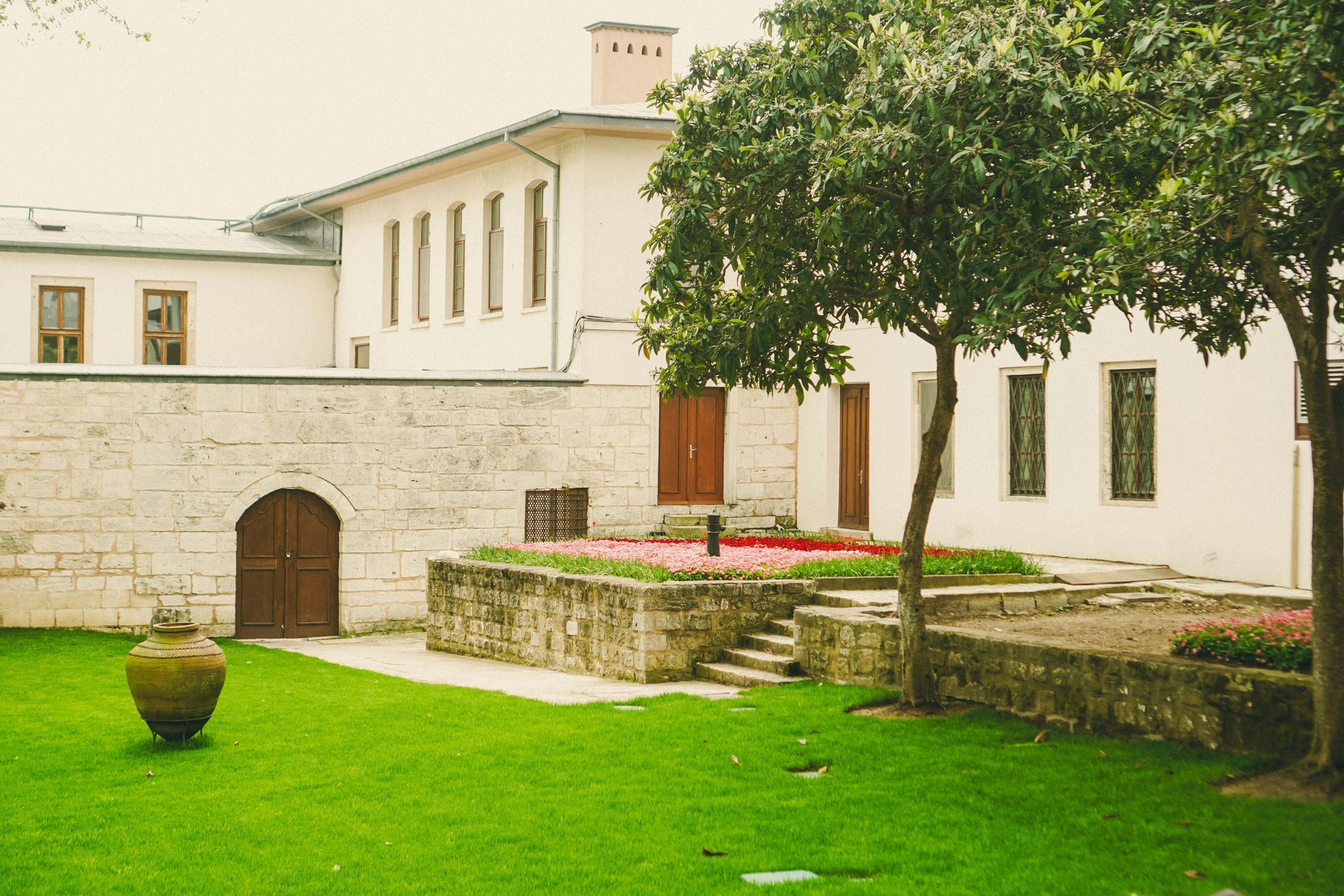Smart Irrigation Systems: Conserving Water in the Desert Climate
In desert climates, where water is a precious and often scarce resource, conserving every drop becomes not only a necessity but an environmental responsibility. Landscaping in these arid regions presents unique challenges, especially when it comes to maintaining lush, vibrant gardens while minimizing water usage. Fortunately, advancements in irrigation technology have made it possible to design efficient, water-saving systems that keep desert gardens thriving without wasting valuable resources. In this article, we’ll explore the benefits of smart irrigation systems, the importance of water conservation in desert gardens, and sustainable irrigation solutions that are perfect for dry climates.
Understanding the Need for Efficient Irrigation in Hot Climates
Living in desert climates requires an understanding of how water conservation plays a vital role in maintaining sustainable landscapes. Traditional irrigation systems often waste more water than necessary, running on timers or manual control without considering factors such as weather, soil moisture, or plant needs. This inefficiency can lead to over-watering, which not only wastes water but also damages plants and increases water bills.
Efficient irrigation in hot climates requires careful planning and the use of advanced technology that ensures water is applied only where and when it’s needed. Smart irrigation systems represent a significant advancement in this area, offering both eco-friendly and cost-effective solutions for homeowners and businesses looking to maintain desert landscaping.
What Are Smart Irrigation Systems?
Smart irrigation systems are advanced technologies designed to optimize water usage in landscapes by automatically adjusting watering schedules based on real-time environmental conditions. These systems use a variety of sensors, weather data, and other technologies to assess factors such as temperature, humidity, and soil moisture levels. By analyzing this data, smart irrigation systems can determine exactly how much water your garden needs and when it should be delivered.
One of the most significant benefits of these systems is their ability to reduce water waste. By adjusting watering times and durations based on actual weather conditions and plant needs, smart irrigation systems ensure that water is applied more efficiently than traditional systems, conserving water while maintaining a healthy garden.
The Benefits of Water Conservation in Desert Gardens
Desert gardens present unique challenges in terms of water usage. The combination of intense heat, low humidity, and limited rainfall can make it difficult to grow plants without the help of an efficient irrigation system. By conserving water through smarter irrigation techniques, you’re not only helping to protect the environment but also ensuring that your garden remains healthy and thriving throughout the year.
Here are some key benefits of implementing water conservation strategies in desert gardens:
Reduced Water Bills
Using water-efficient systems like smart irrigation reduces the amount of water wasted on your landscape. This leads to lower water bills, making it a financially beneficial choice for homeowners and businesses in desert regions.
Environmental Impact
By conserving water, you’re reducing the strain on local water supplies, which is especially important in arid regions where drought conditions can occur frequently. Efficient irrigation systems help preserve water resources for future generations.
Healthier Plants
Smart irrigation systems help ensure that plants receive the right amount of water at the right time. Overwatering or underwatering can harm plants, but a well-designed irrigation system provides the optimal amount of water for plant growth and vitality.
Desert Landscaping Irrigation: Choosing the Right System
When designing irrigation systems for dry climates, it’s essential to choose a solution that meets the specific needs of desert plants. Traditional sprinkler systems can waste water by distributing it unevenly across the landscape, leading to runoff and evaporation. Instead, smart watering systems that use drip irrigation or other targeted methods are ideal for desert landscaping.
Drip Irrigation
Drip irrigation is one of the most effective irrigation methods for desert landscaping. It delivers water directly to the plant’s roots, reducing evaporation and runoff. This system ensures that water is applied precisely where it’s needed, which is particularly beneficial for desert plants that have deep, concentrated root systems.
Soaker Hoses
Soaker hoses are another option for water conservation in desert gardens. These hoses allow water to seep out slowly along their length, providing consistent moisture to the soil. Like drip irrigation, soaker hoses minimize evaporation and runoff, making them an excellent choice for dry climates.
Smart Controllers
Many modern irrigation systems come equipped with smart controllers that use weather data, soil moisture sensors, and other variables to adjust watering schedules automatically. These controllers ensure that your irrigation system operates based on real-time conditions, reducing water usage and improving overall efficiency.
Water-Saving Irrigation Systems: Key Features and Technologies
Water-saving irrigation systems are designed to reduce water consumption while still providing plants with the moisture they need. The key features and technologies in these systems include:
Weather-Based Adjustments
Weather-based irrigation systems use real-time weather data to adjust watering schedules based on current and forecasted conditions. If it’s raining or cooler than usual, the system will automatically reduce watering times, preventing water waste.
Soil Moisture Sensors
Soil moisture sensors detect the moisture level in the soil, ensuring that your plants receive water only when they need it. These sensors are particularly useful for preventing over-watering, which is a common problem in traditional irrigation systems.
Smart Apps and Remote Control
Many modern irrigation systems come with mobile apps that allow you to monitor and control your irrigation system remotely. These apps provide real-time data on water usage, system performance, and plant health, allowing you to make adjustments from anywhere.
Rain Sensors
Rain sensors detect rainfall and temporarily halt irrigation cycles. This feature prevents unnecessary watering during wet weather, further contributing to water conservation efforts.
Sustainable Irrigation Solutions for Dry Climates
In addition to the technologies mentioned above, there are other sustainable irrigation solutions that can help reduce water consumption in dry climates. One such solution is xeriscaping, which involves selecting drought-tolerant plants that require less water to thrive. When combined with smart irrigation systems, xeriscaping creates a highly efficient and environmentally friendly landscape.
Xeriscaping and Water-Efficient Plants
Xeriscaping focuses on using plants that are adapted to dry environments and require minimal irrigation. These plants often have deep root systems, thick leaves, or other adaptations that help them survive with little water. Some popular xeriscaping plants for desert landscapes include:
- Succulents like agave and aloe vera
- Cacti such as saguaro and prickly pear
- Native grasses like buffalo grass and blue grama
- Drought-tolerant shrubs like lavender and rosemary
By incorporating these plants into your landscaping design, you can reduce the need for irrigation and create a water-efficient, sustainable garden.
Eco-Friendly Irrigation Systems: A Commitment to Sustainability
Eco-friendly irrigation systems not only conserve water but also help reduce the environmental impact of landscaping. These systems are designed with sustainability in mind, minimizing energy use, reducing water waste, and promoting the health of the ecosystem.
Smart irrigation systems are one of the best eco-friendly options available. They optimize water usage based on actual plant needs, rather than relying on fixed watering schedules. This approach minimizes waste and ensures that plants receive the moisture they need for healthy growth without unnecessary consumption of resources.
Conclusion: Embrace the Future of Irrigation for a Greener Tomorrow
Smart irrigation systems represent the future of sustainable landscaping, especially in desert climates where water conservation is essential. By choosing efficient watering systems and incorporating drought-tolerant plants, homeowners can reduce water usage, lower costs, and contribute to environmental sustainability. Whether you’re looking to conserve water in a residential garden or design a commercial landscape, there are smart irrigation solutions available to meet your needs.
At
Blossom and Oak Landscaping, we specialize in creating sustainable landscapes that thrive in desert climates. Our team can help you design and implement a smart irrigation system tailored to your garden’s unique needs. Contact us today to learn more about how we can help you conserve water and maintain a beautiful, eco-friendly landscape.


